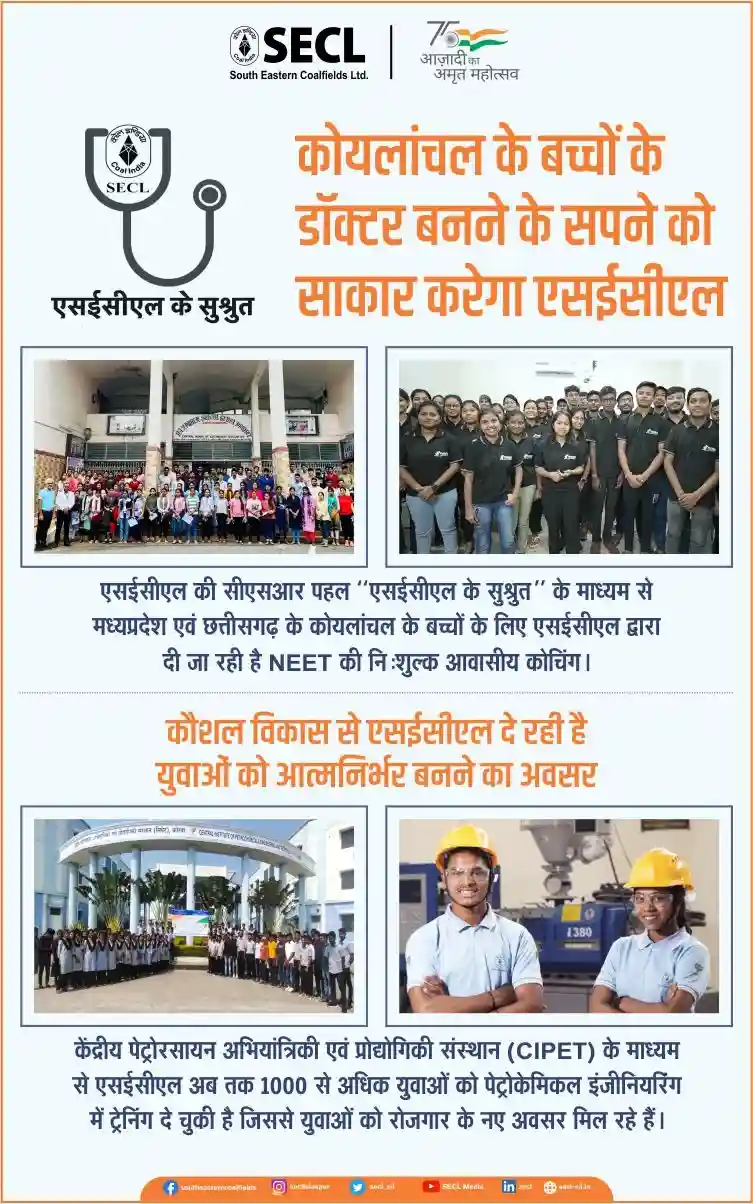New Delhi: Capital cities in India’s states are usually believed to be the most developed – people prefer living in them. But a new report from Centre for Science and Environment (CSE) has analysed data to find that only three state capitals in the country feature in the top 10 list of most livable cities in India (as per the Ease of Living Index, 2020).
The report is an e-publication released here on World Environment Day by CSE, and is titled State of India’s Environment in Figures 2021. It is an annual compendium of data and statistics on key issues of environment and development in the country (journalists can get a free copy – just write to [email protected]).
As Indian cities have expanded rapidly, essential municipal services and economic and other opportunities have failed to keep up, finds the CSE analysis. Symptomatic of this malaise is the abysmal percentage of sewage treatment in Indian cities – a mere 28 per cent sewage is being treated overall. The states and Union territories (UTs) of Andaman and Nicobar Islands, Arunachal Pradesh, Assam, Bihar, Chhattisgarh, Lakshadweep, Manipur, Meghalaya, Mizoram and Nagaland do not treat sewage in their cities at all.
Another 13 states and UTs treat less than 20 per cent of their sewage. Seven more treat 20-50 per cent. Only five states and UTs treat more than 50 per cent of their sewage.
Of particular concern is the lack of economic opportunities in India’s state and UT capitals. The report says: “Only one state capital (Bengaluru) demonstrates a decent economic ability, scoring 78.82 out of 100. Four other state capitals (Chennai, Mumbai, Delhi and Hyderabad) provide middling economic opportunities. The rest have all scored less than 30 out of 100.”
Said CSE director general Sunita Narain while releasing the e-book: “There is drama in numbers, especially when these numbers give you a trend—are things getting better or worse. It is even more powerful when you can use the trend to understand the crisis, the challenge and the opportunity. The numbers in the case of Indian cities clearly suggest that the direction of development in them is unsustainable.”
Says Richard Mahapatra, managing editor of Down To Earth: “The Ease of Living Index 2020 included citizen’s feedback for the first time. It is interesting that despite faring poorly on almost all development parameters, the capitals obtained high scores in the citizens’ feedback section. We need to understand why urban citizens think so highly of their clearly poorly performing cities.”
Says Narain about the publication: “In an age when the quality of data available to us is usually poor—it is either missing, unavailable publicly or of questionable quality—a collection like this can be immensely helpful, especially for journalists. Improving the quality of data can only happen when we use it for policy. Take the case of the ongoing pandemic. Just consider how we have suffered in this past year because we do not have sufficient or accurate data on tests, or the number of deaths, or serological surveys, or genomic sequencing of the variants. In each case, data would have been (and is) critical for policy making.”
She adds: “Data collection is important—it is part of the art of governance—but it is equally important that entire data sets are shared and worked upon so that they can be critiqued and through this process used and improved upon.”
सोशल मीडिया पर अपडेट्स के लिए Facebook (https://www.facebook.com/industrialpunch) एवं Twitter (https://twitter.com/IndustrialPunch) पर Follow करें …














